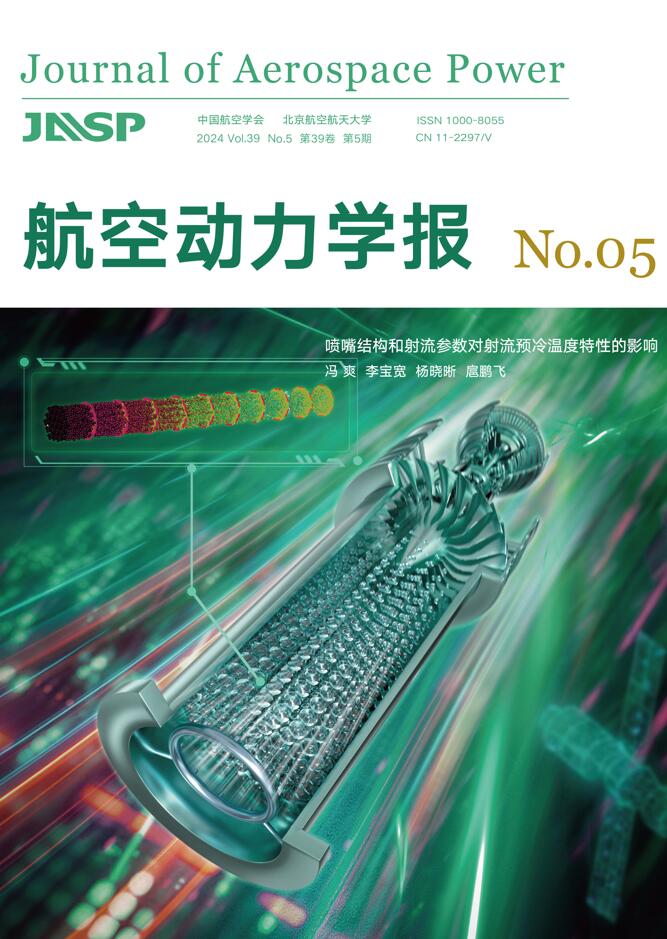Display Method:
2024, 39(7): 20220061.
doi: 10.13224/j.cnki.jasp.20220061
Abstract:
2024, 39(7): 20220418.
doi: 10.13224/j.cnki.jasp.20220418
Abstract:
2024, 39(7): 20220481.
doi: 10.13224/j.cnki.jasp.20220481
Abstract:
2024, 39(7): 20230263.
doi: 10.13224/j.cnki.jasp.20230263
Abstract:
2024, 39(7): 20230690.
doi: 10.13224/j.cnki.jasp.20230690
Abstract:
2024, 39(7): 20220421.
doi: 10.13224/j.cnki.jasp.20220421
Abstract:
2024, 39(7): 20220479.
doi: 10.13224/j.cnki.jasp.20220479
Abstract:
2024, 39(7): 20220488.
doi: 10.13224/j.cnki.jasp.20220488
Abstract:
2024, 39(7): 20220422.
doi: 10.13224/j.cnki.jasp.20220422
Abstract:
2024, 39(7): 20220524.
doi: 10.13224/j.cnki.jasp.20220524
Abstract:
2024, 39(7): 20210700.
doi: 10.13224/j.cnki.jasp.20210700
Abstract:
2024, 39(7): 20220397.
doi: 10.13224/j.cnki.jasp.20220397
Abstract:
2024, 39(7): 20220474.
doi: 10.13224/j.cnki.jasp.20220474
Abstract:
2024, 39(7): 20220420.
doi: 10.13224/j.cnki.jasp.20220420
Abstract:
2024, 39(7): 20220414.
doi: 10.13224/j.cnki.jasp.20220414
Abstract:
2024, 39(7): 20220062.
doi: 10.13224/j.cnki.jasp.20220062
Abstract:
2024, 39(7): 20220212.
doi: 10.13224/j.cnki.jasp.20220212
Abstract:
2024, 39(7): 20220131.
doi: 10.13224/j.cnki.jasp.20220131
Abstract:
2024, 39(7): 20220487.
doi: 10.13224/j.cnki.jasp.20220487
Abstract:
2024, 39(7): 20220459.
doi: 10.13224/j.cnki.jasp.20220459
Abstract:
2024, 39(7): 20220069.
doi: 10.13224/j.cnki.jasp.20220069
Abstract:
2024, 39(7): 20220482.
doi: 10.13224/j.cnki.jasp.20220482
Abstract:
Experiment and mechanism analysis on the effect of waves on the performance of high-subsonic profile
2024, 39(7): 20220480.
doi: 10.13224/j.cnki.jasp.20220480
Abstract:
2024, 39(7): 20220475.
doi: 10.13224/j.cnki.jasp.20220475
Abstract:
2024, 39(7): 20220419.
doi: 10.13224/j.cnki.jasp.20220419
Abstract:
2024, 39(7): 20230419.
doi: 10.13224/j.cnki.jasp.20230419
Abstract:








